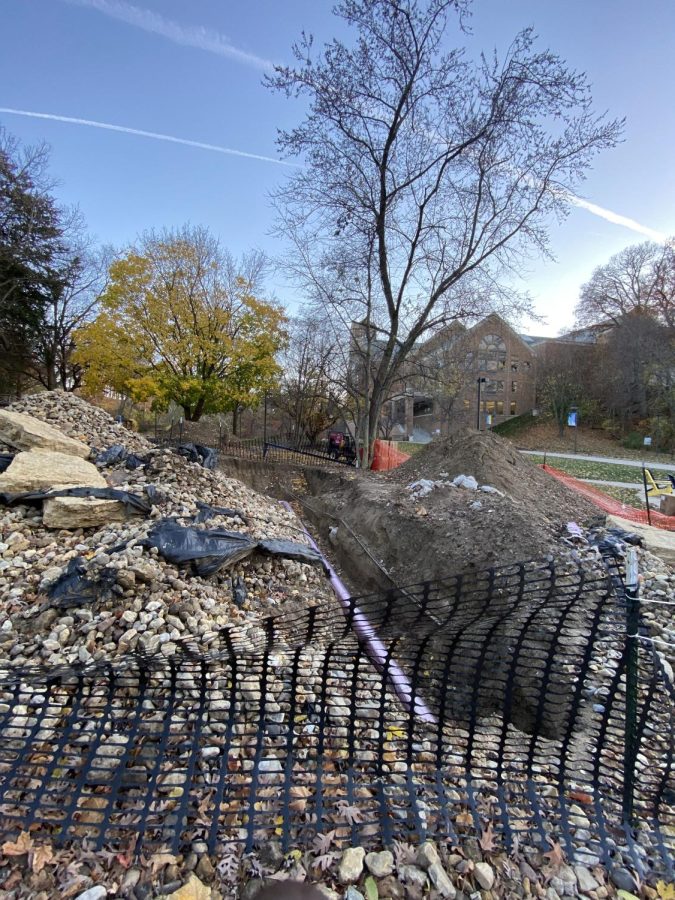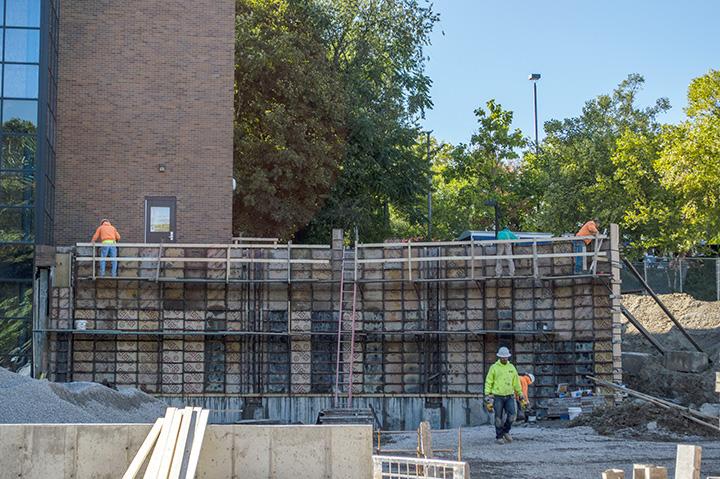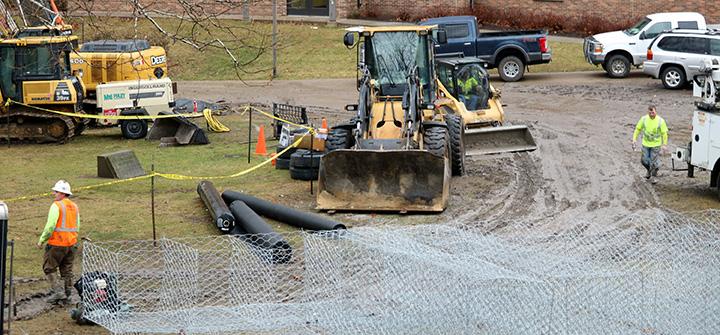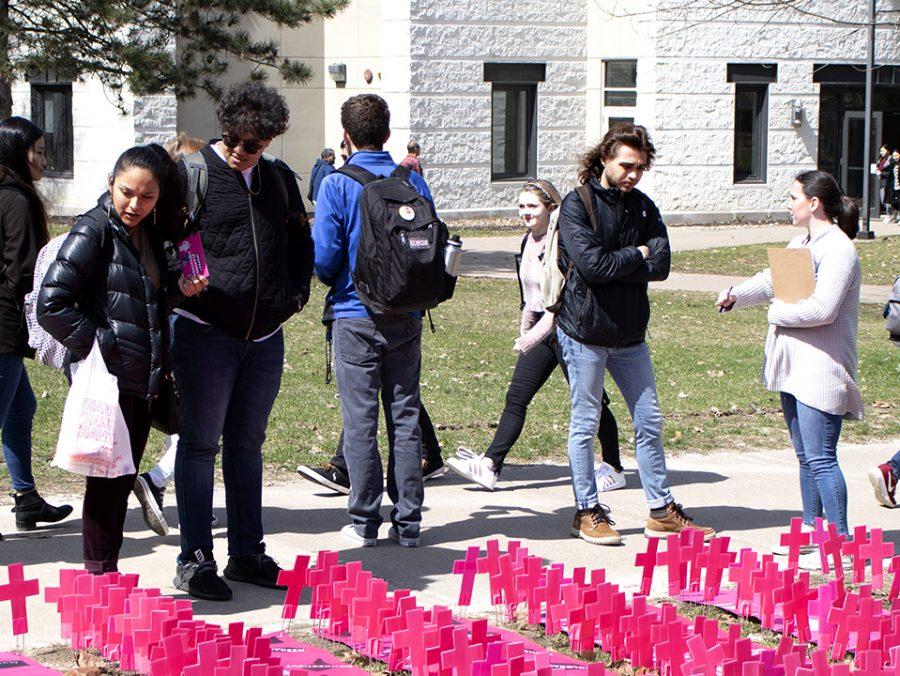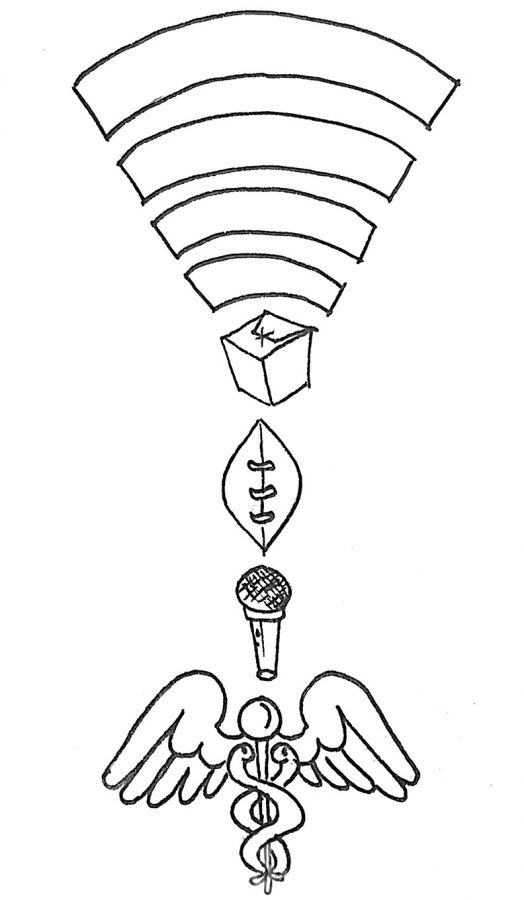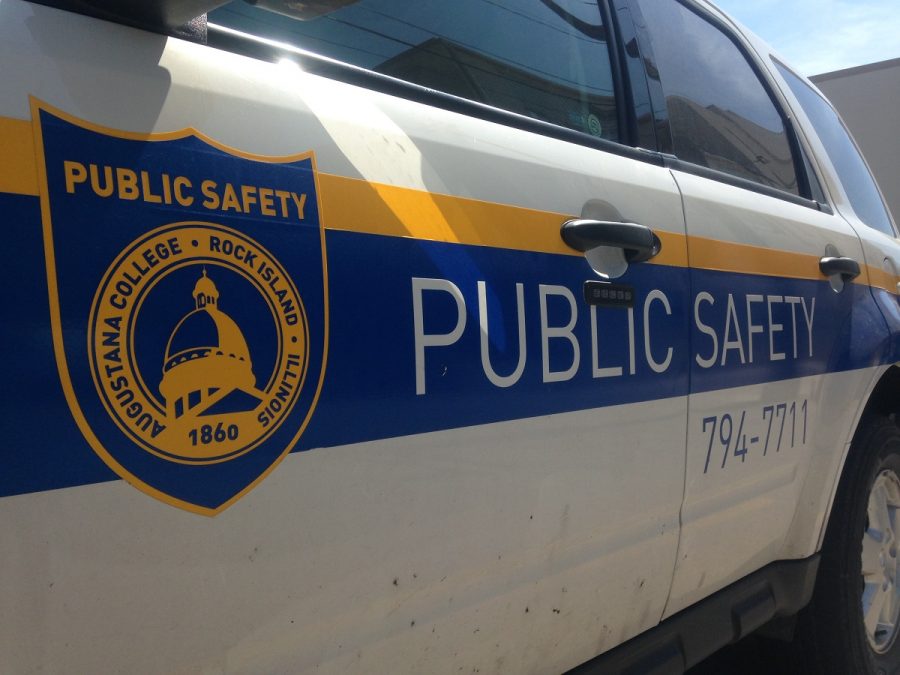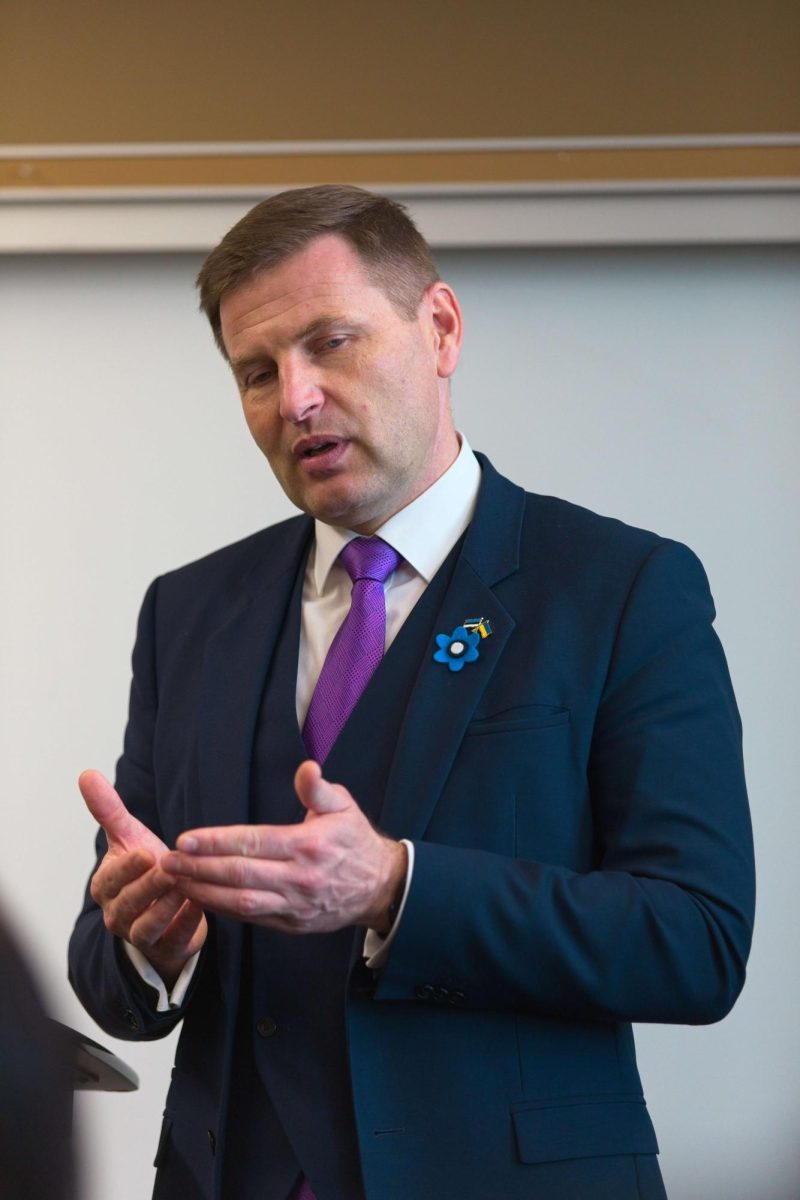Rising rates of gun violence are connecting police departments across the Quad Cities as officers work together to solve cases involving gun violence.
When a shot goes off or a call comes in to one of the 911 call centers in the Quad Cities, there is communication between all Quad City police departments to ensure civilian safety, as well as catching the perpetrators of gun-related incidents as soon as possible.
One recent example of police departments working together was a car chase last month, where shots were fired in Davenport and eight suspects were ultimately arrested in Bettendorf.
On March 30, a call came in reporting shots fired at Kirkwood and Grand Avenue in Davenport. Then the cooperation began. As soon as the call went to the 911 call center in Davenport, dispatchers sent information to the Bettendorf police department as well as neighboring Quad City police departments, said Phil Redington, Bettendorf chief of police. There was constant communication between the Bettendorf and Davenport police departments as police pursued the suspects in a car chase through Davenport.
The Bettendorf and Davenport police ultimately captured the eight suspects as they tried to get on I-74. A handgun of one of the suspects was found later on the side of the road.
Kim Hankins, Moline chief of police, said the cooperation between the departments has been key to handling gun violence incidents like the car chase incident.
“I think the most important thing is the cooperation between the cities,” Hankins said. “Collectively, we have a very good working relationship. Any shootings we push out to other agencies.”
Captain Brent Biggs of the Davenport investigation division, said these traveling incidents where a crime will originate in one city and the arrest will happen in another aren’t uncommon.
With the proximity of the cities, there is also a question of whose jurisdiction the incidents fall under. Redington said often suspects can fall under multiple jurisdictions.
“The crimes that take place in our city, as well as anything else, we charge,” Redington said. “Then Davenport will charge in their city for anything like the shooting.”
When the incidents cross from Iowa to Illinois, or vice versa, the jurisdiction for the crime is usually where the crime originates. Redington said if a crime begins in Iowa and goes into Illinois they can bring the person back to Iowa. If the crime originates in Illinois and goes into Iowa, the suspects might go to the Moline police or the Rock Island County jail.
While the cooperative relationship has helped the police departments of the Quad Cities make arrests in gun-related crimes, the overall effort to prevent gun violence cases is difficult.
“Prevention is tough,” Hankins said. “We have to identify the reason why people would do that. If they want to harm someone, they are going to do it.”
Hankins believes the issue is not with guns but with the people that wield them.
“It’s guns in the hands of people who shouldn’t have them for various reasons being mental health related, criminal backgrounds or committing crimes in a gang context,” Hankins said.
The issue of gun violence has always been prevalent in the Quad Cities. Jason Foy, Rock Island deputy chief of police, said gun violence always has its “peaks and valleys.”
‘Crime has always been a part of society,” Foy said. “I’m not sure that it’s been any more prevalent than in years past, but social media has made crime seem more prevalent.”
Davenport is currently in one of the peaks of its gun violence. As of April 7, the city has had 45 gun-related incidents.
Biggs said the issue of gun violence is a multi-faceted issue the Davenport police department are trying to address.
“It’s a complex issue that has multiple of factors,” Biggs said. “We are trying to look at the contributing factors and break them down.”
The increase has helped bolster communication between the stations in the Quad City area. Whether this be alerting departments about potential crimes or crimes in process, the police departments talk consistently.
“When there’s an up kick in gun violence, there’s constant communicating,” Foy said. “Everybody is constantly sharing information and trying to be proactive.”
A new Illinois law will force police departments to become more integrated in their response to crimes The new law requires counties with at least 250,000 people and more than two call centers has to cut the number of dispatch centers by half. Rock Island County currently has six call centers, but will be cut down to three by 2017.
The three call centers will be located in Rock Island, Silvis and possibly Milan. Hankins believes the consolidation may help police prevent gun violence by reducing response time and improving communication between agencies.
Under the current system, one 911 call could require at least two more phone calls before the correct first responders are notified and can respond.
“If Milan had an armed robbery, once they get that armed robbery call then they have to contact another dispatch center who has to put out the information to a bordering agency,” Hankins said. “When you have a combined dispatch center, your dispatchers are sitting near each other… So it can be an enhancement of critical functions, but could be a loss of personal service.”
April 26, 2024

Fatima Martinez Gallegos • April 26, 2024

Rae Barry • April 26, 2024
Celeaciya Olvera • April 26, 2024
Quad City police work together to combat rising gun violence
June 13, 2016
Leave a Comment
More to Discover



